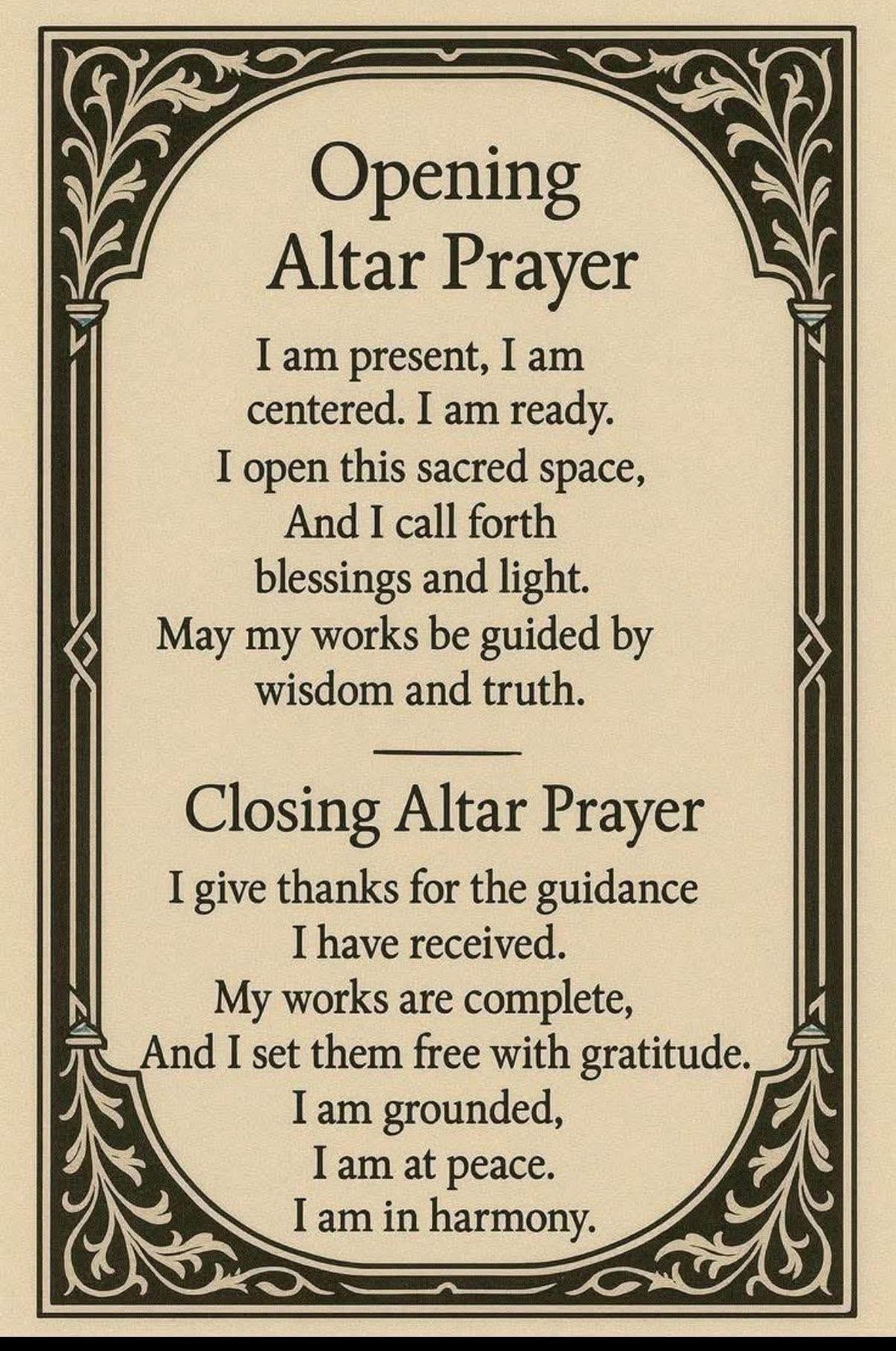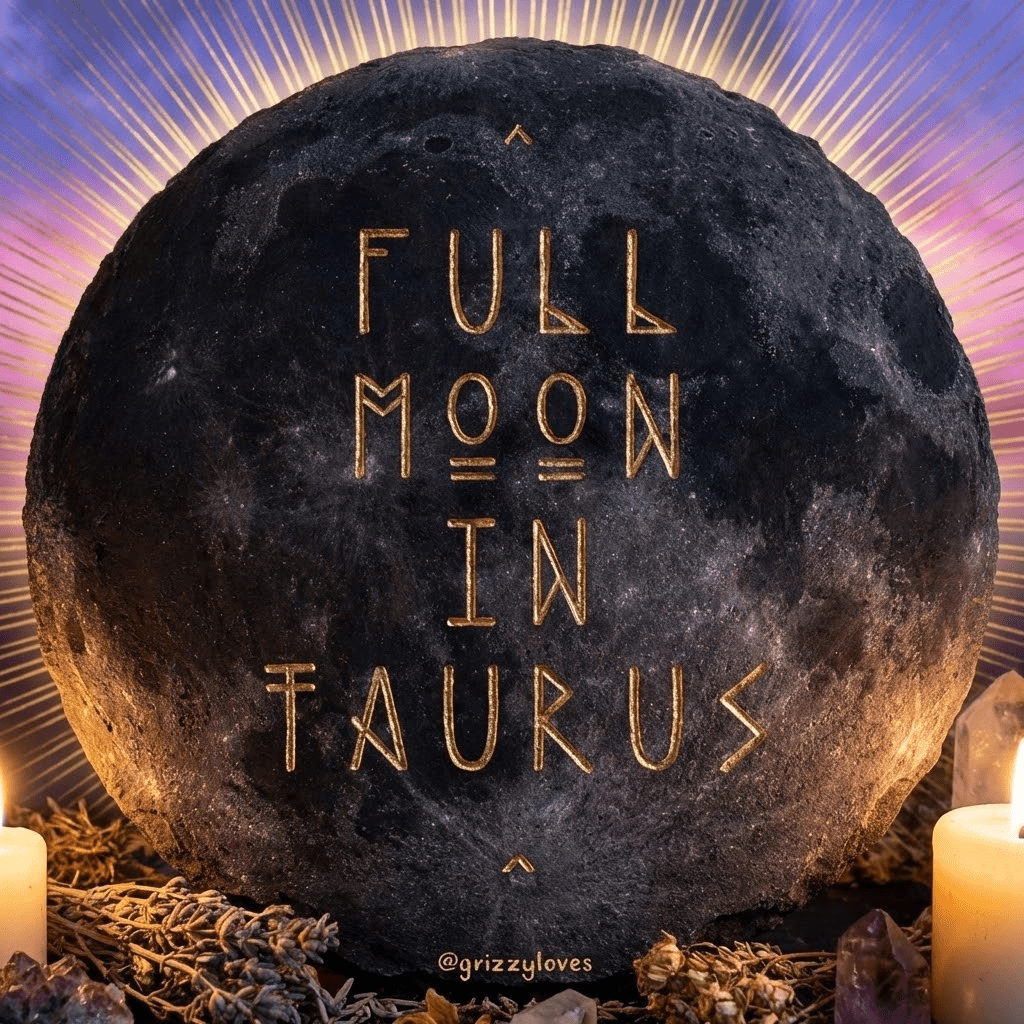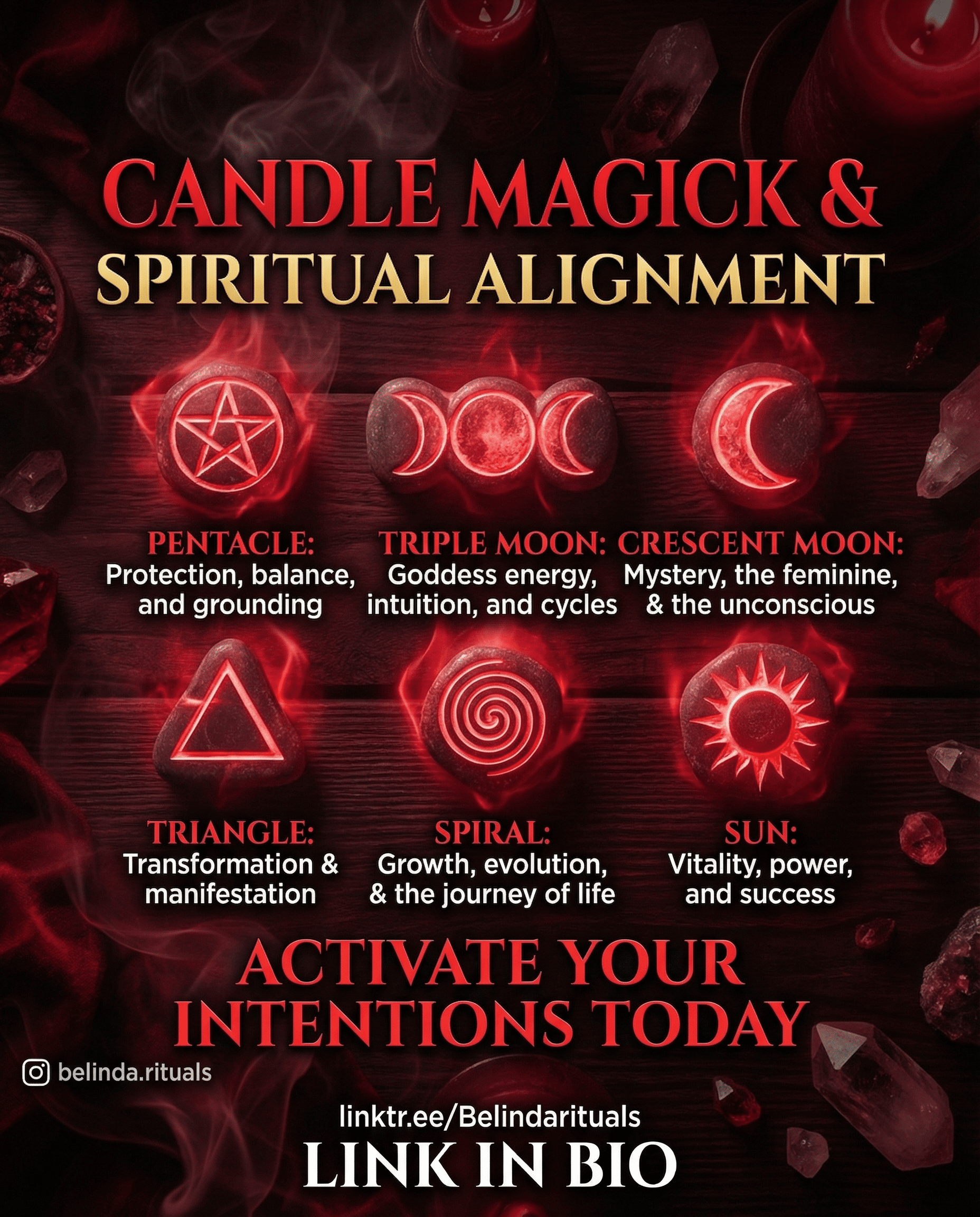Unveiling the Mysteries of the Hexagram
Have you ever been captivated by the mysterious hexagram—the six-pointed star known for centuries as the Star of David? While often seen as a symbol of spirituality and unity, the hexagram is also entwined with enigmatic lore, intriguing occult symbolism, and whispers of mystical power. Far beyond its familiar religious associations, many have speculated about its role in ancient rituals, its alleged ties to both black magic, and its powerful presence in mystical traditions.
What deeper secrets might this ancient symbol hold? Hidden throughout history, some believe the hexagram channels immense energies, serving as a gateway in the occult for summoning forces, channeling intentions, or representing the cosmic dance of unity and duality. From demonic footprints in esoteric legend to the union of sacred masculine and feminine, the hexagram invites us to unravel its true meaning.
✨ Shop Magical Spells Now!Ready to discover the secrets behind one of history’s most potent symbols? Keep reading to unveil the mysteries of the hexagram—including its role in love spells, the occult, sacred geometry, and beyond.
The Hexagram Explained: A Timeless Symbol Steeped in Mystery
Definition: The hexagram is a six-pointed geometric figure, created by overlapping two equilateral triangles. While best known today as the Star of David, it boasts a vast history across cultures and spiritual traditions, symbolizing unity, harmony, and sometimes, arcane power.
❤️ Ignite Passion: Try a Lust Spell!Key Characteristics:
- Six points, six lines: A symbol of balance, interconnection, and cosmic order.
- Cross-cultural significance: Revered in Judaism, Hinduism, Christianity, Western esotericism, and magical practices worldwide.
- Spiritual and magical roles: Used both as a protective talisman and a channel for mystical rituals.
Tracing the Hexagram’s History: Ancient Roots and Cultural Significance
 Mysterious Hexagram: Centuries of Symbolic Power
Mysterious Hexagram: Centuries of Symbolic Power
The hexagram’s origins reach deep into antiquity. Archaeologists have traced its earliest appearances to ancient Mesopotamia and Egypt, where it served as a symbol in sacred rites and was believed to possess magical or protective qualities. Each civilization layered new meanings onto this shape—some saw it as a protective emblem, others as a cosmic diagram or a tool for invoking spiritual energies.
- Judaism: The Star of David represents divine protection and Jewish identity.
- Christianity: The interplay between divine and earthly—a bridge between spiritual and material planes.
- Hinduism: Known as the Shatkona, it unites male and female energies and represents the sacred trinity.
- Occult traditions: The hexagram appears in Western mysticism as a tool for magical invocation and protection.
The Hexagram’s Shadow: Black Magic, Occult Rituals & Mystical Power
 The Hexagram as a Portal in Dark Rituals (Occult Art)
The Hexagram as a Portal in Dark Rituals (Occult Art)
Within esoteric circles, the hexagram has a potent reputation. Many practitioners of the occult believe it can channel supernatural forces, act as a barrier against evil, or serve as a gateway to summon entities. Its unique geometry is thought to focus intent and energy during spellwork, making it essential in witchcraft, demonology, and ceremonial magic.
- Demon Summoning: Used to establish connections with spirit realms, including rituals invoking the demon Trud.
- Spellcasting Tool: Drawn or inscribed on candles, talismans, and altars to empower intentions in love spells and curses alike.
- Energetic Conduit: Thought to channel and amplify metaphysical energies for transformative purposes.
Occult Legends: The Hexagram and The Demon Trud

Mystical Lore: In occult mythology, the hexagram sometimes represents the "footprints" of Trud—a spirit or demon associated with deception, chaos, and the unknown. Drawing the hexagram during rituals is believed to open portals for communication with such entities, though it is also invoked for protection or commanding spirits.
- Summoning Gateway: Practitioners may use the hexagram to create a safe space or bond for invoking otherworldly intelligences.
- Manifesting Will: The hexagram is seen as a bridge between desires and realization—the core of all effective spells, including reconciliation love spells.
Sexual and Cosmic Symbolism: Male & Female Forces in Union

The hexagram’s interlocking triangles are charged with profound meaning. The upward triangle represents masculinity, fire, and the heavens; the downward triangle stands for femininity, water, and earth. Their union in the hexagram forms a cosmic marriage—symbolizing harmony, creative energy, and the blending of all dualities, echoing the dynamics behind our soul mate attraction spells.
- Magical Polarity: The balance harnessed by this union is often used to fuel rituals of love, lust, and transformation.
- Nature’s Equilibrium: The hexagram models how opposing energies can create fertile ground for new beginnings.
The Hexagram in Ancient Hindu Traditions

The “Shatkona” in ancient Hindu rituals embodies the divine union of Shiva (male, creative energy) and Shakti (female, intuitive force). The six points reflect the trinity of gods and their consorts, highlighting interconnectedness and the dynamic balance of creation and destruction.
- Divine Trinity: Each triangle symbolizes the creative gods—Brahma, Vishnu, Shiva—and their feminine aspects—Saraswati, Lakshmi, Parvati.
- Spiritual Reminder: The hexagram reminds spiritual seekers of the inseparability of all existence, echoing our unconditional love spells.
The Geometry and Structure of the Hexagram

The hexagram’s beauty is found in its mathematical precision—formed by two perfectly balanced, interlocking equilateral triangles. Its geometry creates six smaller triangles, six points, and six lines, which have inspired associations with mystical numerology, including the symbolism of 666.
- Balance & Harmony: Each line and intersection represents unity—ideal for meditative and spiritual practices.
- Manifestation Grid: Used to amplify energy, manifest desires, and direct intention in spiritual work.
Hexagram in Modern Times: Spirituality, Art & Pop Culture
Today, the hexagram continues to inspire and mystify. Artists, spiritual leaders, and magicians alike use the star as a symbol of cosmic balance and metaphysical power. In the world of romance, symbols of balance are frequently used in rituals such as our friend to lover spells.
- New Age Adoption: The hexagram features in meditation, metaphysical healing, and energy work.
- Cultural Icon: Seen in jewelry, tattoos, art, literature, and mainstream fashion.
Unlocking the Deeper Mysteries of the Hexagram
Studying the hexagram is a journey into the crossroads of religion, magic, art, and myth. Scholars continue to explore historical texts and ancient relics, seeking to uncover the true origins and dispel myths around its use in both holy and forbidden rites.
- Academic Discovery: Combining archaeology, numerology, theology, and esoteric research.
- Common Misconceptions: Distinguishing between cultural, spiritual, and occult representations.
- Personal Meaning: For many, it is ultimately a symbol of personal transformation and spiritual unity.
Hexagram as a Symbol of Balance & Manifestation
- Harmony in All Things: Its shape reflects the balance between light and dark, masculine and feminine, spirit and matter.
- Power for Rituals: Used in manifestation, cleansing, and love spells—see our love binding spell to experience balance in relationships.
The hexagram teaches that real power lives in unity and alignment—inviting us to balance our own energies for manifestation and love.
Hexagram in Sacred Geometry & Energy Work
Sacred geometry shapes like the hexagram are believed to be the building blocks of the universe.
Practitioners in modern energy work use the hexagram as an energy grid—to focus on manifestation, emotional healing, and cosmic alignment.
New Dimensions: The Hexagram’s Impact on Love Magic
How does the hexagram shape love spells? Love and unity are at the heart of the hexagram’s meaning. Rituals that incorporate this symbol, such as our soul mate attraction spells, tap into the union of energies for deeper passion and connection. Many love spell practitioners inscribe or visualize the hexagram during rituals to harmonize relationships and manifest true love.
Hexagram as a Protective Sigil in Modern Spirituality
The hexagram isn't just about summoning or union—it's also revered for warding off negativity. Modern practitioners often employ the hexagram to shield against emotional unrest and psychic harm, making it a staple in both protective and love-centered rituals.
Numerology and the Secret of 666
The arrangement of six points, six triangles, and six lines is not lost on numerologists. Some see hidden connections between the hexagram and the number 666—a figure laden with mystical significance. While often misunderstood, this link further cements the hexagram’s reputation as a vessel for both light and shadow energies.
Meditation, Visualization & Spellwork
For those on a metaphysical path, visualizing or meditating upon the hexagram can enhance focus and clarity. Many incorporate it into spell grids, altar arrangements, or wearable talismans to amplify their intentions in everything from lust and attraction to reconciliation and peace.
Personal Transformation and Spiritual Connection
Ultimately, the hexagram’s real power lies in its ability to inspire change within us. Whether you use it for rituals, meditation, or as a symbol of hope, its mystical geometry serves as a reminder that harmony, passion, and connection await those willing to seek them out.
Frequently Asked Questions About the Hexagram
Success Stories: Real Results, Real Change ⭐
See All Love Spells & Transform Your Love LifeReady to Harness the Hexagram’s Magical Power?
Unlock the ancient energy in your journey of love, balance, and personal transformation. Whether you seek to reignite passion, attract new love, or protect your heart, the hexagram holds centuries of mystical tradition and powerful results. Let its energy enrich your rituals, and embrace the potential for profound change.
Begin Your Magic Now🔴 Need Clarity on your Situation?



